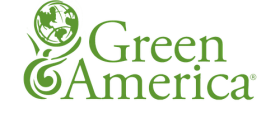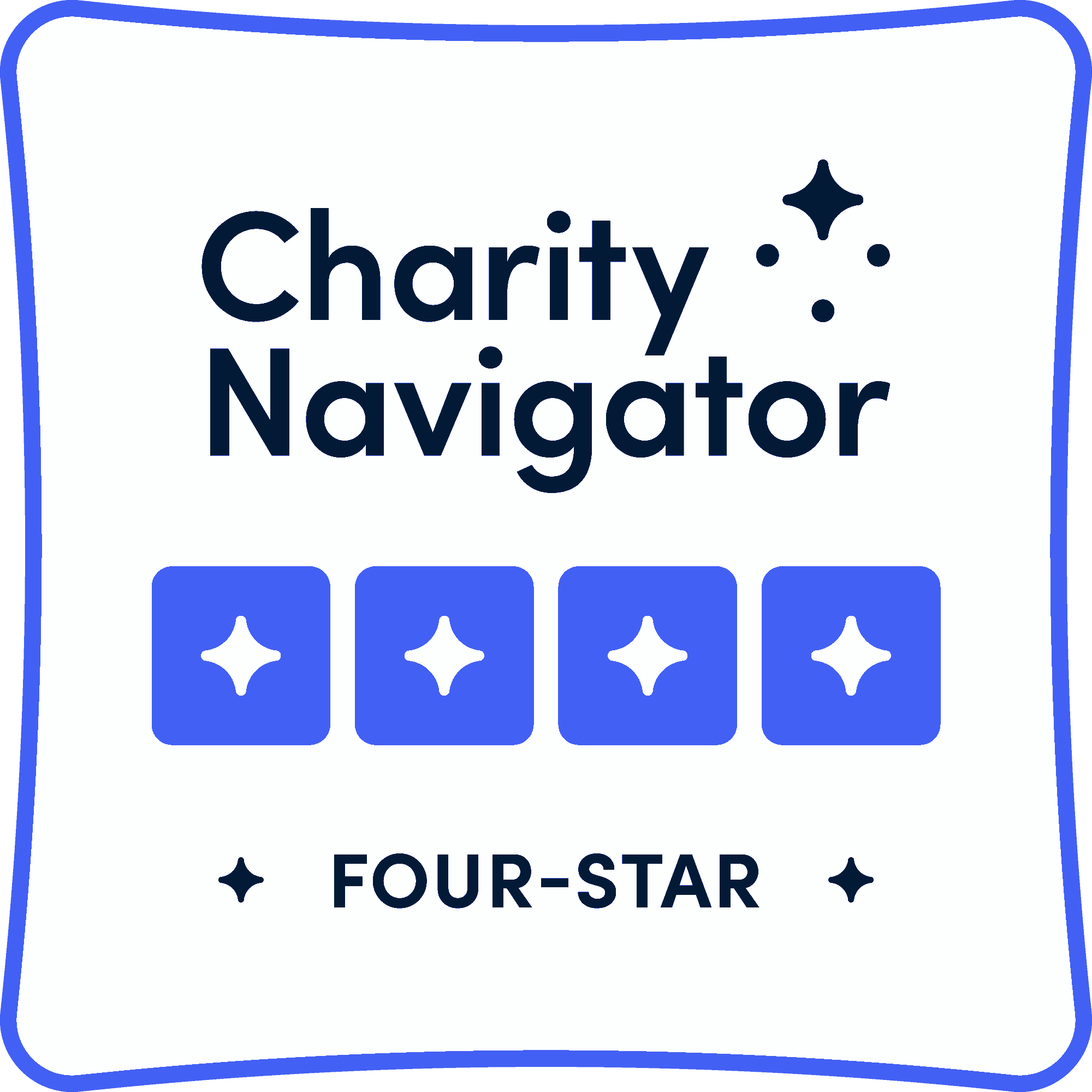
Across the country, mutual aid networks have rapidly developed in response to the unique challenges posed by COVID-19.
What is Mutual Aid?
Although mutual aid takes many forms, it is defined by reciprocity. People support each other based on what others need and what they can provide, unlike charity and government assistance, which are one-sided giving. In many cases, mutual aid networks—which are often maintained digitally—have grown from an offer or request for assistance, such as help buying groceries.
The ways in which mutual networks function vary greatly depending on community need. South Boston Neighborhood Aid is driven by the work of the nonprofit South Boston Neighborhood Development Corporation and is focused primarily on connecting households with established community programs such as food pantries.
“What we find is that largely, the people that need help with food haven’t had this need before,” says Ami Campbell, community engagement director for the nonprofit.
The Recent Rise of Mutual Aid
Berkeley Mutual Aid Network in Berkeley, California, is a web of approximately 1,300 people which blossomed from a single post on neighborhood connection forum Nextdoor. Helen Marks, chief of operations for the network, says she has witnessed scores of people step up to help each other.
“Right now, as the social safety net is failing people, we are seeing that folks are coming together to shore up the safety net themselves,” Marks says.
Nathan Williams is the director of Town Hall Project: a nonprofit which provides a database of constituent events held by federal elected officials. Town Hall Project also put together MutualAidHub.org, a resource for and map of mutual aid networks nationwide, which Williams says is constantly growing.
Is Mutual Aid a New Phenomenon?
Mutual aid has been a practice of communities of color and Indigenous people for generations. One of the very first US organized efforts, The Free African Society (FAS), was a Philadelphia-based organization established in 1787 that provided monetary support, among other services, to recently freed African slaves in the US. FAS also played a key role in helping residents who fell sick from yellow fever in 1793.
Organizing around COVID-19, and the growing Black Lives Matter protest movement, communities of color have quickly banded together. In May, Raised Roots, a Black-owned urban farm, and Black Earth Farms, a Black and Indigenous farming collective, partnered to feed protesters in Oakland, California, shortly after George Floyd’s death.
Central Valley Mutual Aid & Collective Care Network began in California’s San Joaquin Valley in March and offers cash aid. One of the network’s guiding principles is “Solidarity, Not Charity.”
Tanisha McClain, a member of that network’s Outreach and Communications Committee, says mutual aid has always been a part of BIPOC (Black, Indigenous, People of Color) communities.
She says she was raised with the very same values.
“I grew up in a southern Black household, and it was the same principle,” she says. “It was, ‘You’re not going to come into my house and be hungry. You’re going to come into my house, and I’m going to feed you, but I’m not just going to feed your body. I’m going to feed your spirit. I’m going to feed your soul.’”
Get Involved
By entering your zip code on MutalAidHub.org, you can find networks near you. A Google or Facebook search with your city name and “mutual aid” can also help you track down networks that aren’t yet on the map.







